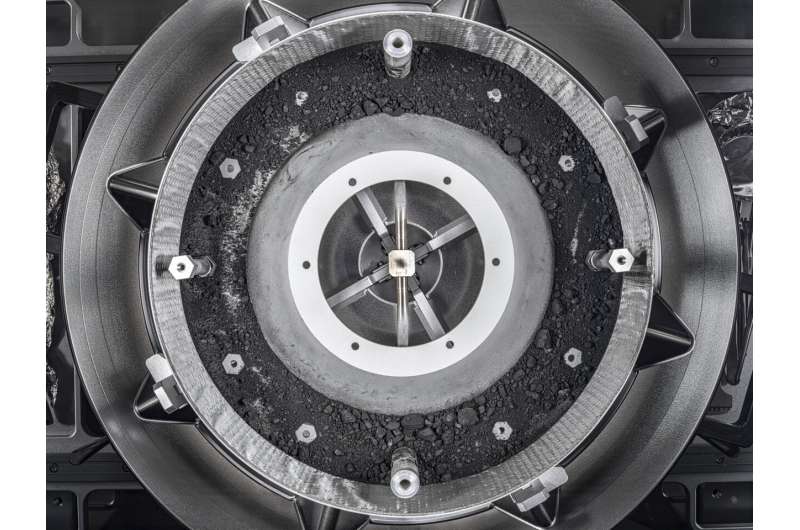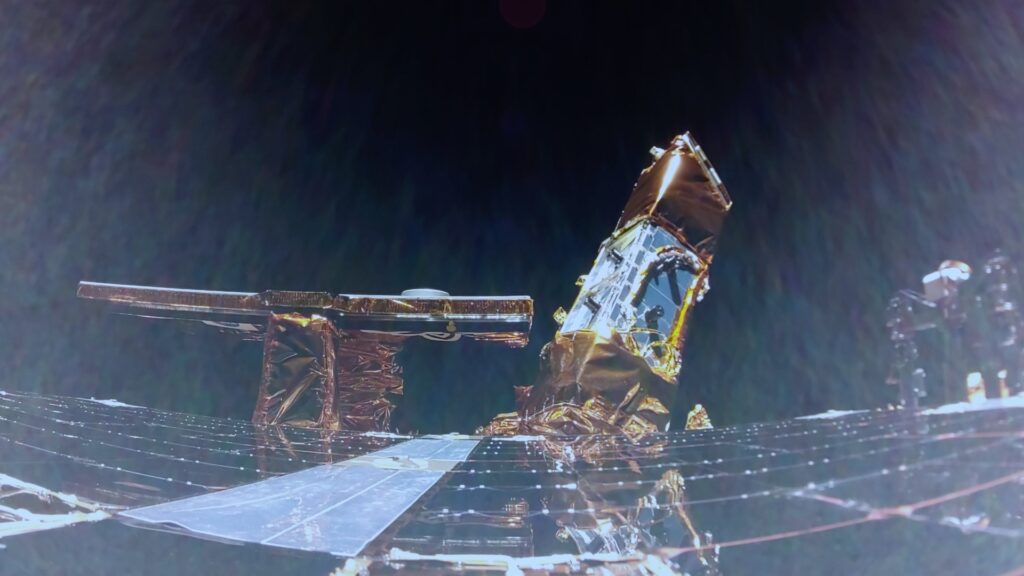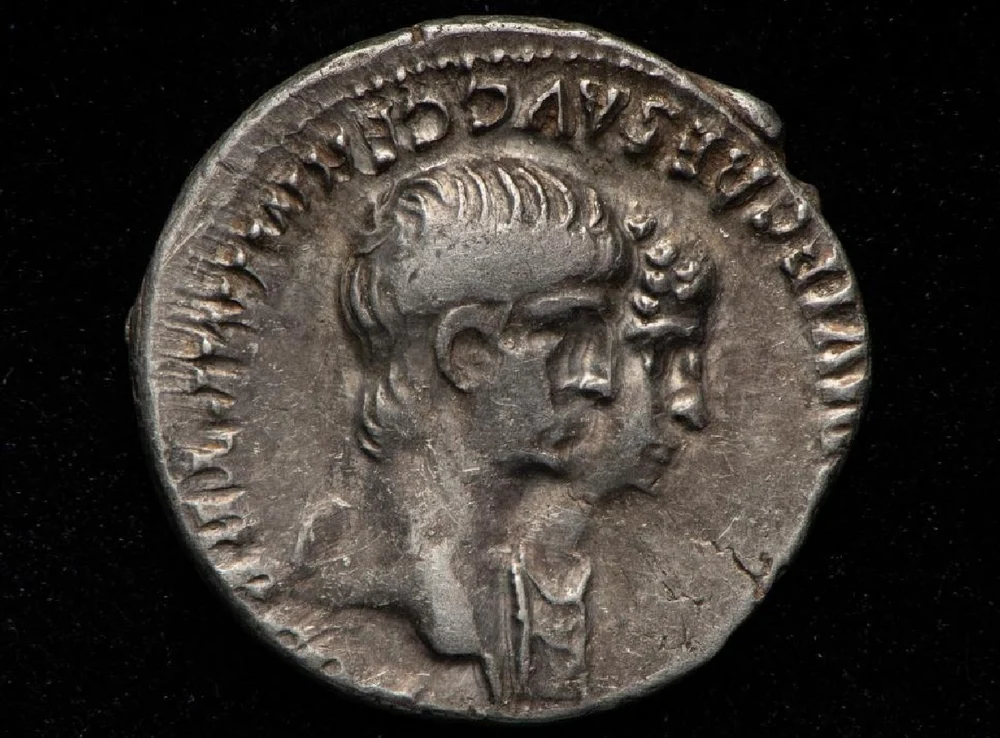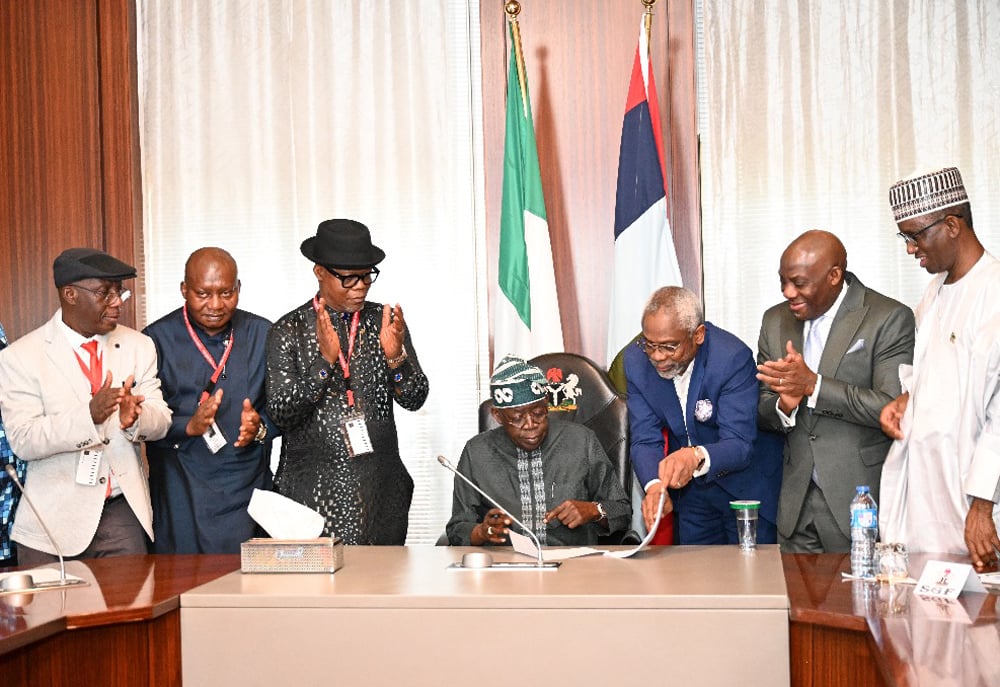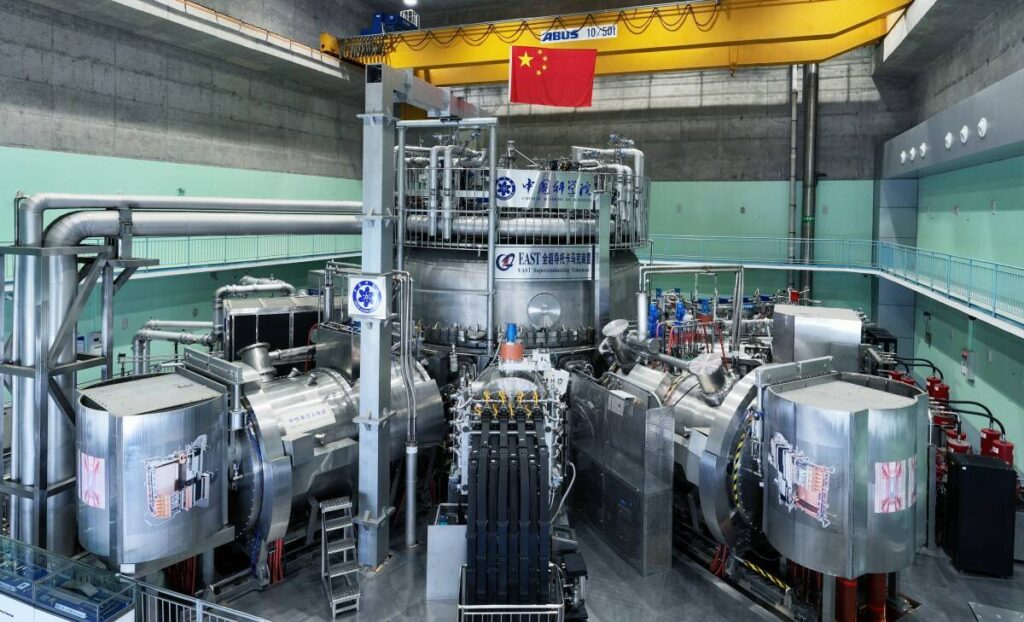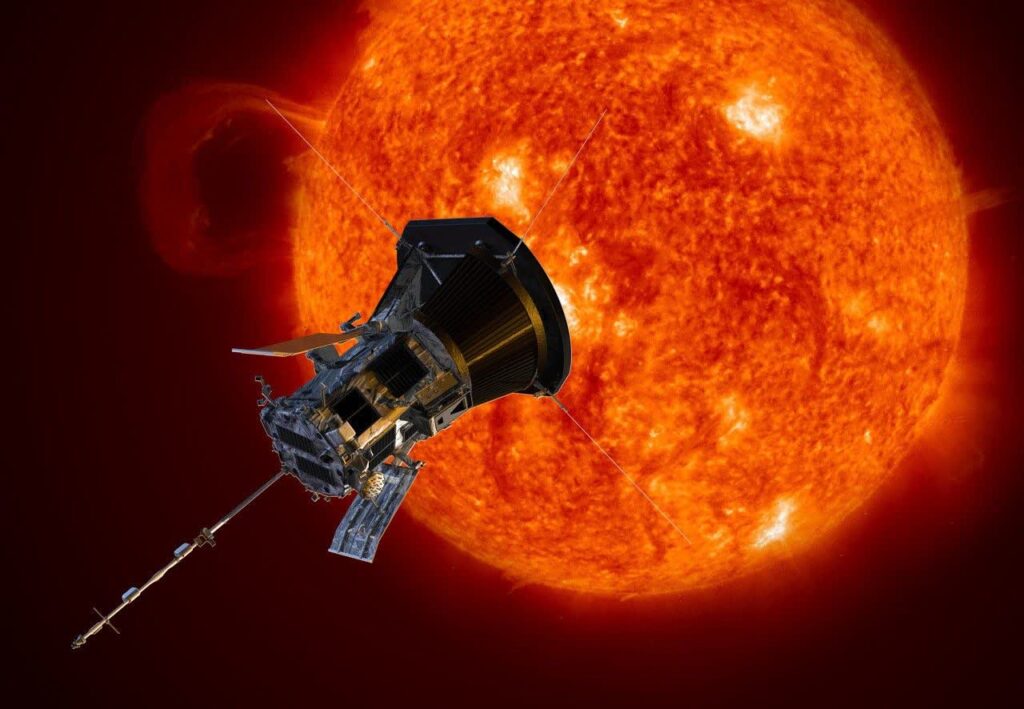NASA Stennis Achieves Primary Success for Historic In-Space Mission

Technology tamfitronics
WEBWIRE – Tuesday, July 2, 2024
NASAs Stennis Space Center and partner Sidus Space Inc. announced primary mission success for the centers historic in-space mission an autonomous systems payload aboard an orbiting satellite.
Our ASTRA (Autonomous Satellite Technology for Resilient Applications) payload is active and operational, NASA Stennis Center Director John Bailey said. This is an incredible achievement for Stennis, our first-ever in-space mission flying on a new state-of-the-art satellite. We are all celebrating the news.
ASTRA is the on-orbit payload mission developed by NASA Stennis and is an autonomous systems hardware/software payload. The NASA Stennis ASTRA technology demonstrator is a payload rider aboard the Sidus Space premier satellite, LizzieSat-1 (LS-1) small satellite. Partner Sidus Space is responsible for all LS-1 mission operations, including launch and satellite activation, which allowed the NASA Stennis ASTRA team to complete its primary mission objectives.
LS-1 launched into space on the SpaceX Transporter 10 rideshare mission March 4 and deployed the same day. The LS-1 satellite commissioning began after deployment and was completed on May 12. Sidus Spaces next step was to begin activation of payloads, including ASTRA.
After the payload was activated, the NASA Stennis Autonomous Systems Laboratory (ASL) team confirmed they had established a telemetry link to send and receive data in the ASTRA Payload Operation Command Center. The ASL team continued to checkout and verify operation of ASTRA and has confirmed that ASTRA primary mission objectives have been successfully achieved.
This is just a remarkable and inspiring accomplishment for the entire team, said Chris Carmichael, NASA Stennis ASL branch chief. So many people put in a tremendous effort to bring us to this point. It is a great demonstration of the teams vision and capabilities, and I am excited to see what the future holds.
The NASA Stennis ASL works to create safe-by-design autonomous systems. ASTRA demonstrates technology that is required by NASA and industry for upcoming space missions. The ASTRA computer on the satellite runs a digital twin of satellite systems, which detects and identifies the causes of anomalies, and autonomously generates plans to resolve those issues. Ultimately, ASTRA will demonstrate autonomous operations of LS-1.
Achieving ASTRAs primary mission objectives underscores our dedication and commitment to driving innovation while advancing space technology alongside NASA, our trusted partner, said Carol Craig, Founder and CEO of Sidus Space. We are proud to support such groundbreaking projects in our industry and eagerly anticipate the continued progress of our LizzieSat-1 mission.
The success of the ASTRA mission comes as NASA Stennis moves forward with strategic plans to design autonomous systems that will help accelerate development of intelligent aerospace systems and services for government and industry.
For information about NASAs Stennis Space Center, visit:
( Press Release Image: https://photos.webwire.com/prmedia/7/323837/323837-1.jpg )
WebWireID323837
This news content was configured by WebWire editorial staff. Linking is permitted.
News Release Distribution and Press Release Distribution Services Provided by WebWire.
Discover more from Tamfis Nigeria Lmited
Subscribe to get the latest posts sent to your email.



 Hot Deals
Hot Deals Shopfinish
Shopfinish Shop
Shop Appliances
Appliances Babies & Kids
Babies & Kids Best Selling
Best Selling Books
Books Consumer Electronics
Consumer Electronics Furniture
Furniture Home & Kitchen
Home & Kitchen Jewelry
Jewelry Luxury & Beauty
Luxury & Beauty Shoes
Shoes Training & Certifications
Training & Certifications Wears & Clothings
Wears & Clothings





